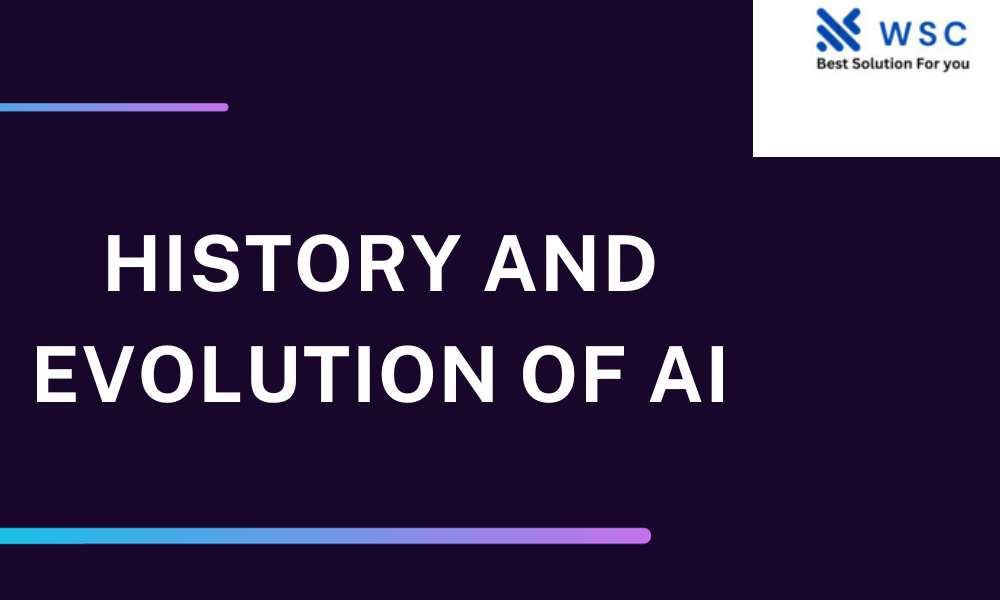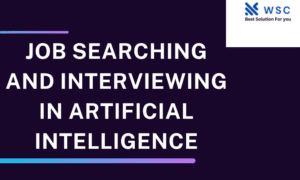Introduction
Artificial Intelligence (AI) has come a long way since its inception. In this article, we’ll take a journey through the history and evolution of AI, tracing its remarkable progress from the early days to its current state of significance.
The Birth of AI (1950s-1960s)
AI’s history can be traced back to the mid-20th century when computer scientists and mathematicians began to explore the idea of creating machines that could simulate human intelligence. During this period, significant milestones were achieved:
- Alan Turing’s Turing Test (1950): Alan Turing proposed a test to determine if a machine could exhibit intelligent behavior indistinguishable from that of a human.
- Dartmouth Workshop (1956): The term “Artificial Intelligence” was coined at the Dartmouth Workshop, where researchers aimed to create machines that could mimic human thinking.
The AI Winter (1970s-1980s)
Despite early optimism, AI research faced several setbacks during this period. Progress was slow, and funding dwindled, leading to the first “AI winter.” Research became stagnant as expectations outpaced reality.
The Rise of Expert Systems (1980s)
During the AI winter, expert systems emerged as a practical application of AI. These systems used knowledge-based approaches to solve specific problems, such as medical diagnosis and financial planning.
Machine Learning Resurgence (1990s-Present)
The 1990s marked a resurgence of AI, driven by advancements in machine learning and neural networks. Key developments include:
- Deep Learning: Deep neural networks and backpropagation algorithms revolutionized pattern recognition and speech processing.
- Big Data: AI thrived on the availability of vast datasets for training algorithms.
- AI in Everyday Life: AI-powered technologies like virtual assistants, recommendation systems, and autonomous vehicles became commonplace.
AI Today and Beyond (21st Century)
AI is now an integral part of our lives, with applications in healthcare, finance, entertainment, and more. The evolution continues with:
- Ethical Concerns: AI raises ethical questions about privacy, bias, and decision-making.
- AI in Robotics: Robots with AI capabilities are used in industries like manufacturing and healthcare.
- AI Research: Ongoing research into natural language processing, reinforcement learning, and explainable AI.
Conclusion
The history and evolution of AI have been marked by highs and lows, from early optimism to periods of stagnation and resurgence. Today, AI is a transformative force, reshaping industries and society. As we look ahead, AI’s journey promises to be even more exciting, with continued breakthroughs and ethical considerations that will shape its future path.
Check our tools website Word count
Check our tools website check More tutorial




